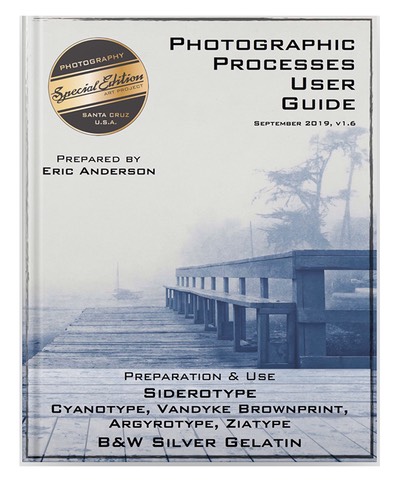Going Deeper: In this Photographic Sleuthing (Part 3), the adventure goes deep into hard to locate territory. We have sharpened our collective teeth on these easier ones, mostly, leaving two pretty hard images from Part 2 still to be resolved.
Nevertheless, we are partaking on this new adventure to locate some clearly identifiable images yet so far eluding our scopes. Should be easy, right?

We could use your help - where in the world were these images taken?
Please contact us HERE if you have information leading to their identity!
In Photographic Sleuthing (Part 1) we introduced the question of When, Where, What, and Who of a set of deteriorating Lantern Slides, along with a set of six images that have been identified in spite of the destructive and historical changes over the past nearly one hundred years.
In Photographic Sleuthing (Part 2) we looked at six images that need identification via the sleuthing expertise from the the world wide web of image detectives. Five of these images are locations, the sixth is an exercise in identifying historic personages. We honestly have no idea where in the world these images were taken. Europe is our best guess, but not good enough.
In this Photographic Sleuthing (Part 3) we will look at six new images needing identification. We are pretty sure greater Europe is the location and the date is likely between 1921 - 1923. A lot has changed in Europe over the past one hundred years, so take that into consideration when looking for clues.
Update: 10/28/2020 – With a little help from my friend Lindy

Special Edition Photographic Sleuthing – Image 159 full size image
Image 159: Downtown Trolly
Image 159: Corner of Bahnhofstrasse & Uraniastrasse, looking toward the Zürich Hauptbahnhof
Solution images from 1950s Zürich: https://www.bygonely.com/zurich-1950s
How we got here…
The sleuthing on this one was quite fascinating really. There are several clues in the image: 1) Tramway Linie 23 is shown, 2) Corner building appears unique, 3) Business names lower right of image, 4) archway in the far middle of the image.
• The Tramway: In the searches, many Linie 23 trams were found, all over Germany. This is not a unique situation. What is a little unique is the ‘narrowness’ of the roadway, indicating a smaller areas of a large city, or a normal area of a smaller city.
• The Corner Building: While the corner building looks unique, after looking over hundreds of images of vintage German cities, this type of corner design is quite common. Nothing really else to see here in this regard.
• Business Names: The name ‘Schaffhaus’, translated ‘Sheep House’, turned up mostly nothing. The best that was found is Schaffhausen, a town in northern Switzerland. A quick look at the town of Schaffhausen quickly revealed this image was not made there.
• The Arch: This was the big clue of the day. The first thought was a city gate of sorts, as seen in the sleuthing ‘open thoughts’ below. After looking at several city gates, none seemed to be a match, especially with the ‘clock tower’ right in the way of the archway. If not a city gate, then more likely a city’s main transit station. Searching for "<city> central station” found it better to search for the German phraseology for central station '<city> Hauptbahnhof’.
• First was Berlin - nothing matching.
• Second was Munich - nothing matching.
• Then came Hamburg, Hanover, Frankfurt, etc. - nothing matching
This is where my good friend Lindy came to the rescue. Lindy thought that the perceived hills behind the arch indicated more of a Southern Germany city rather than the more flat central and North locations.
• Stuttgart does have a match, in a way. Stuttgart’s central station does have a small road leading directly to the small ticket office, the entrance is a large archway. Link:
http://www.hauptbahnhof-stuttgart.eu/EN/stuttgarter_hauptbahnhof_geschichte_04.html
In the end, this is not a match as the city hills around the station are on the left and right of the main station, and do not overlook the ticketing entrance archway - this is required to match the lost photograph.
Looking further South we get to Zürich, Switzerland. They herd sheep there, the business name is House of Sheep - okay, it's ‘Schaffhaus’. A bit of a stretch. Looking for ‘Zürich Hauptbahnhof’ led directly to an image of the station entrance hall, decorated with the same facia details on our lost photograph. Sweet. Looking at additional vintage photographs revealed the width of the street and corner building with its not-so-unique structure, as well as the street intersection of the lost photo.
Vintage photographs looking down looking down Bahnhofstrasse here:
https://www.bygonely.com/bg_item/oscar-weber-department-store-bahnhofstrasse-zurich-circa-1950-2
__ and __
https://www.bygonely.com/bg_item/bahnhofstrasse-corner-uraniastrasse-today-modissa-house-zurich-1956-2
Case Closed: The lost glass slide photograph was made looking down Bahnhofstrasse, Zürich, at the corner of Bahnhofstrasse & Uraniastrasse.
Mostly Closed: That tall Doctor Who Dalek or small clock tower, or whatever? Nope. In 1871 the newly opened replacement station had only a fountain at main entrance triumphal arch. In 1889 the fountain on Bahnhofplatz was replaced by the monument of Alfred Escher, the builder of the Gotthard railway, establisher of the banking institution Credit Suisse, wrangler into existence of the Swiss Federal Institute of Technology, etc. Busy boy. The open question is how best to see the structure in front of the station’s archway as this monument in our now no longer lost glass slide photograph?
____________
Initial Open Closed Thoughts:
Let us start with one containing an interesting puzzle at the end. This one comes with a couple of high resolution clues.
The first is the writing on the wall as it were:

Special Edition Photographic Sleuthing – Image 159 Inset full size image
The full sized inset image shows the writing above the doors on the right of the image. Is this helpful? Who knows. It's a clue.
The second bonus clue is detail of the rear of the image - an interesting city arch that appears to be quite tall. In addition to the arch there is a landmark monument of sorts in the middle of the road looking like a very tall Doctor Who Dalek … or a short clock tower. Or something.
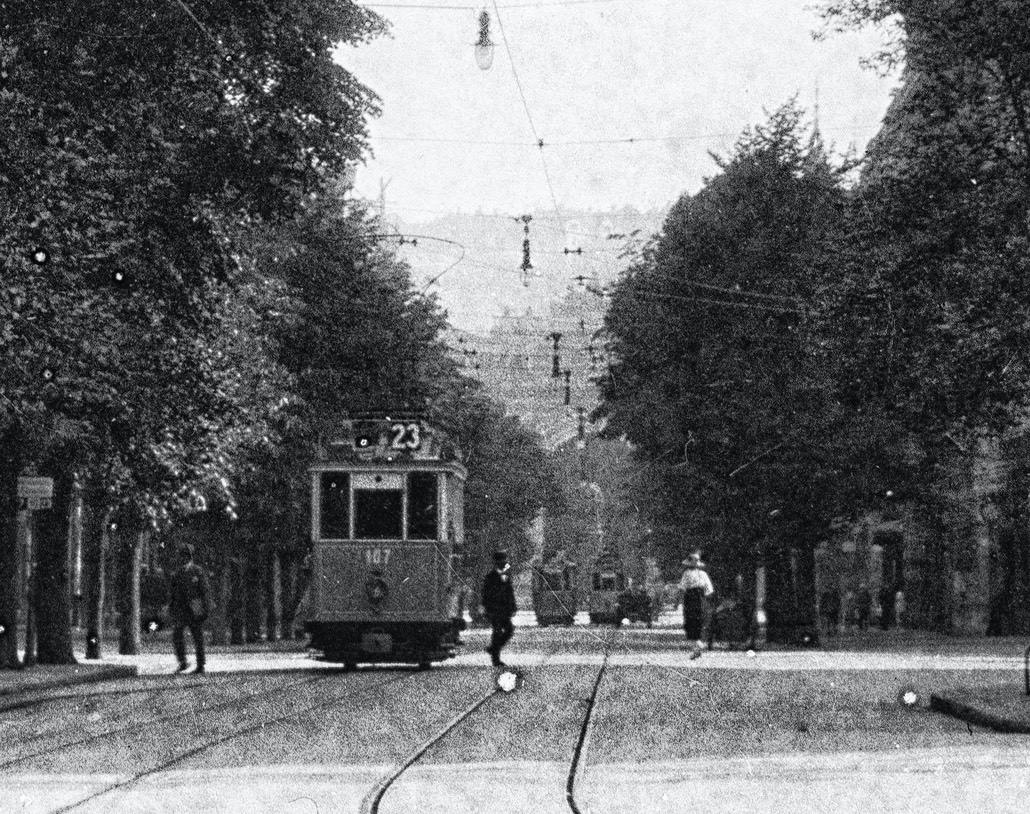
Special Edition Photographic Sleuthing – Image 159 Arch Closeup full size image
- The hanging streetlights are similar to the lights in the next Image 9, the next image to be identified
- Similar hanging lights are seen on Marienplatz from Kauferstrasse, Munich
- Historic photos of Karlstor Gate in Munich show overhead lighting similar to these. The Karlstor Gate has gone through many iterations over its history, making this one difficult to lock its identification
- Assume Berlin Tramline: Pre Great War History: Baedeker’s Berlin and its Environs, Handbook for Travellers by Karl Baedeker, Third Edition, 1908, Page 16: Tramways – 23. Schöneberg (Goten-Str.; Pl. G, 18)- Gesundbrunnen (Pank- Str.; Pl. B, 19): viâ Potsdamer-Str. and Station, Brandenburger Tor, Lehrte Station, Moabit, and Wedding Station; every 1/4 hr.
- Assume Munich Tramline: Recent : Münchner Freiheit – Potsdamer Straße – Parzivalplatz – Schwabinger Tor – Am Münchner Tor – Anni-Albers-Straße – Domagkstraße – Schwabing Nord
- The Gate: Similar shape to Brandenburg Gate (Potsdam) – From Wikipedia: The Brandenburg Gate (German: Brandenburger Tor) on the Luisenplatz in Potsdam, not to be confused with the gate of the same name on Berlin's Pariser Platz, was built in 1770–71 by Carl von Gontard and Georg Christian Unger by order of Frederick II of Prussia. It stands at the western end of Brandenburger Straße, which runs in a straight line up to the Church of St. Peter and St. Paul.
- Trolly lines do go through the Brandenburg Gate (Potsdam) and there are hanging streetlights similar to those pictured. Still need a similar view to confirm, as well as confirming Trolly Line 23 goes this way.
Update: 10/16/2020 – With a little help from my friend Marilyn
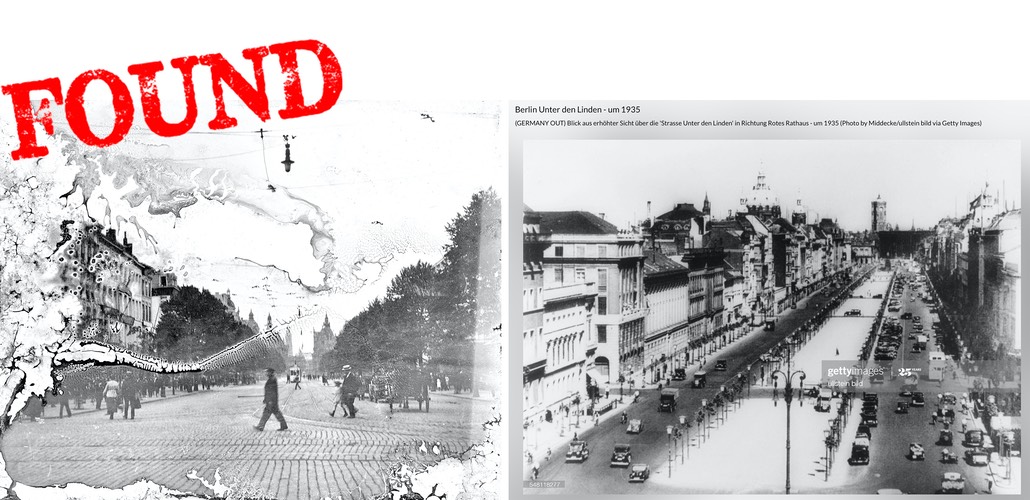
Special Edition Photographic Sleuthing – Image 9 full size image
Image 9: Downtown Trolly Lines
Image 9: Berlin Cathedral, Looking Down Unter den Linden
Found: The reference image from Getty: Elevated view over the 'Strasse Unter den Linden' towards the Rotes Rathaus - around 1935. Our glass slide is street view of same.
This one is similar to the previous image 159 in its use of overhanging street lights and city trolly service. What we know and don’t know about this one:
- The hanging streetlights are similar to the lights in image 159, above
- We do not know the L/R orientation of this one. The image could be flipped
- Quite the interesting set of churches at the rear of the image. These are a tell if you know what you are looking for
- The trollies are of a different design than those in the previous image 159
- Man & woman walking on left side of the image - Do women walk on the left side of their male partner in the 1920’s? This could indicate the correct L/R image orientation
- Unfortunately, there is the man and kid in the center of the image where the man is on the left and kid on the right. Perhaps there goes L/R expectations
Update: 10/30/2020 – With a little help from my friend Lindy
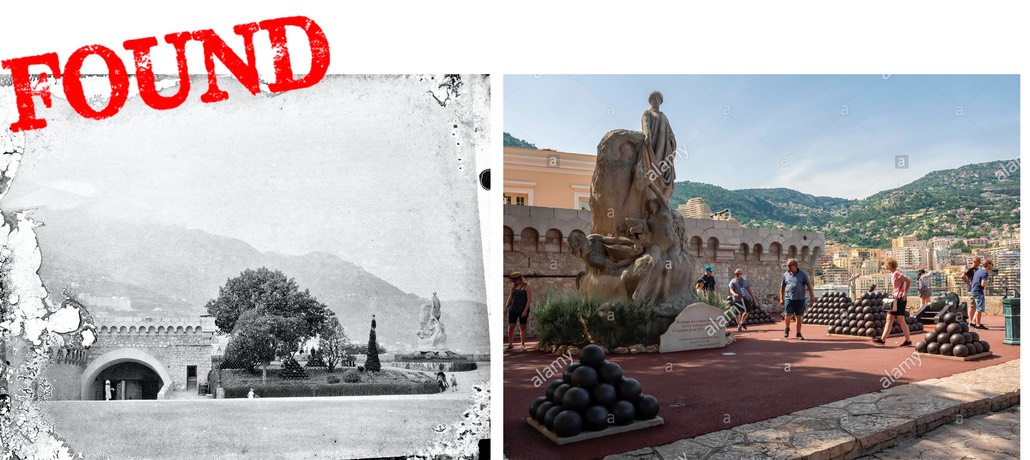
Special Edition Photographic Sleuthing – Image 81 full size image
Image 81: Fortified Monument
Image 81: Monument to Albert I, Prince's Palace of Monaco
This is one of those that is well known if you know what it is. If not, then not. Here is what we have:
- The monument on the left is very telling, but so far has been elusive
- The fortress itself is telling, a historical setup for visitors
- The large fortification far on the hillside is of interest, but again, only informative if you know what it is
The Find:
My good friend Lindy suggested this was possibly a river basin cannon battery embattlement.
- Looking at the river valleys between Prague and Dresden, no similar geography was found. In addition, it did not make sense for a cannon battery to be used in protection of a river valley - cannons don’t swivel very well - but they do very well protecting bay and harbour entrances from encroaching baddies in big boats
- From the inland search on Google Earth, the search turned to coastal cities. Why? The people in the lost slide photograph look to be wearing warmer weather clothing. The hat on the little person at the archway seems to be a typical marina bucket hat, again suggesting a warmer climate
- We have seen a lost glass slide photograph of the Monaco harbor and opera house, so Monaco was the first place to search for this embattlement, and the location was quickly found
- The initial posted lost glass slide photograph incorrectly had the monument on the left
- What we have here is the monument to Albert I, located at the Prince's Palace of Monaco
- The large fortification far on the hillside is the Riviera Palace hotel. Less of a fortification and more of a place for billionaires to escape Monaco’s hoi-polloi
- The architecture of the Prince’s Palace has clearly undergone some renovation and additions made to the structure can be seen in this Google Earth image showing the promenade with the mountain backdrop. The archway has been modified, and the battle wall has been extended (as seen in the confirmation image above). In the Google Earth image, the monument is behind the trees, unfortunately hidden from main view
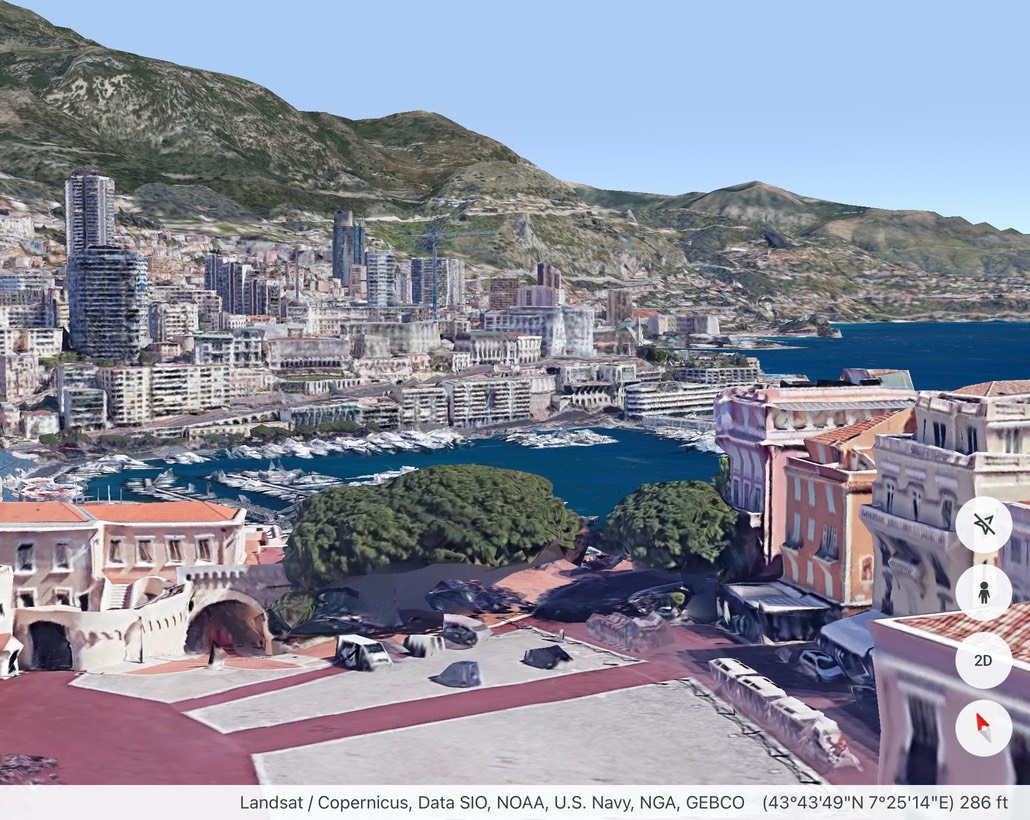
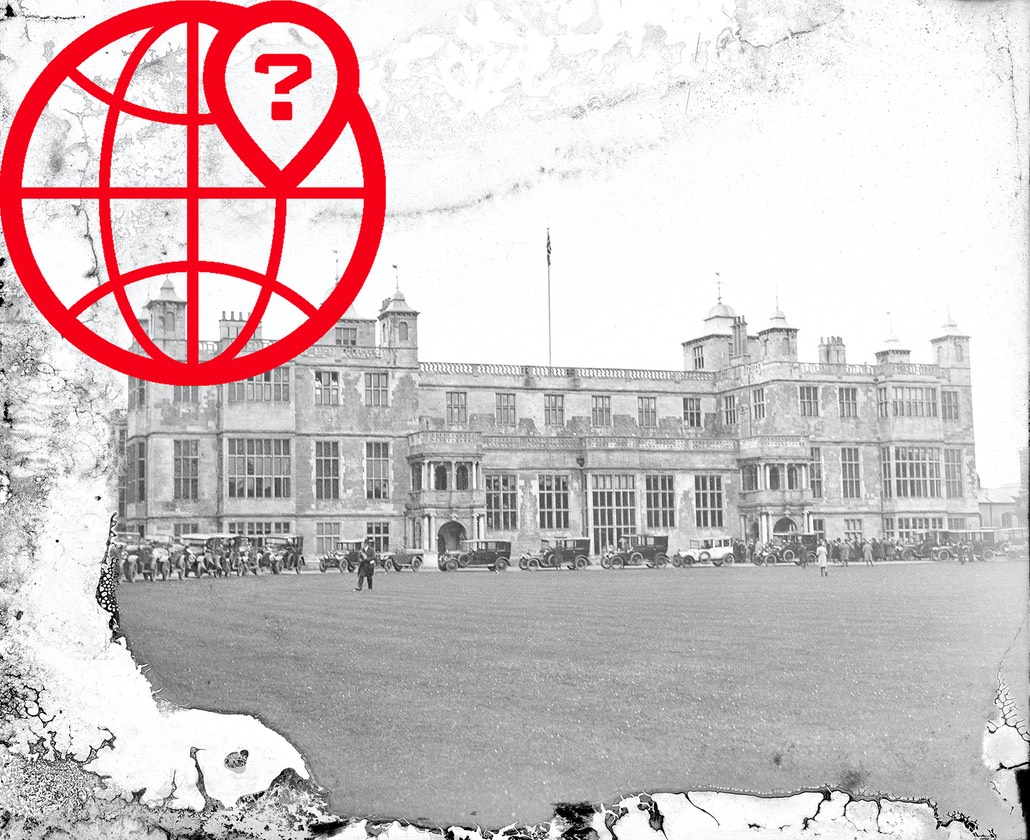
Special Edition Photographic Sleuthing – Image 45 full size image
Image 45: Car Party
The current L/R image orientation has the driver side of the vehicles on the left side. As there is nothing here to suggest where the photo was taken, we just don’t know how the cars should be oriented.
- The man walking on the lawn … well, we can’t tell how his coat would be closed, indicating L/R image orientation
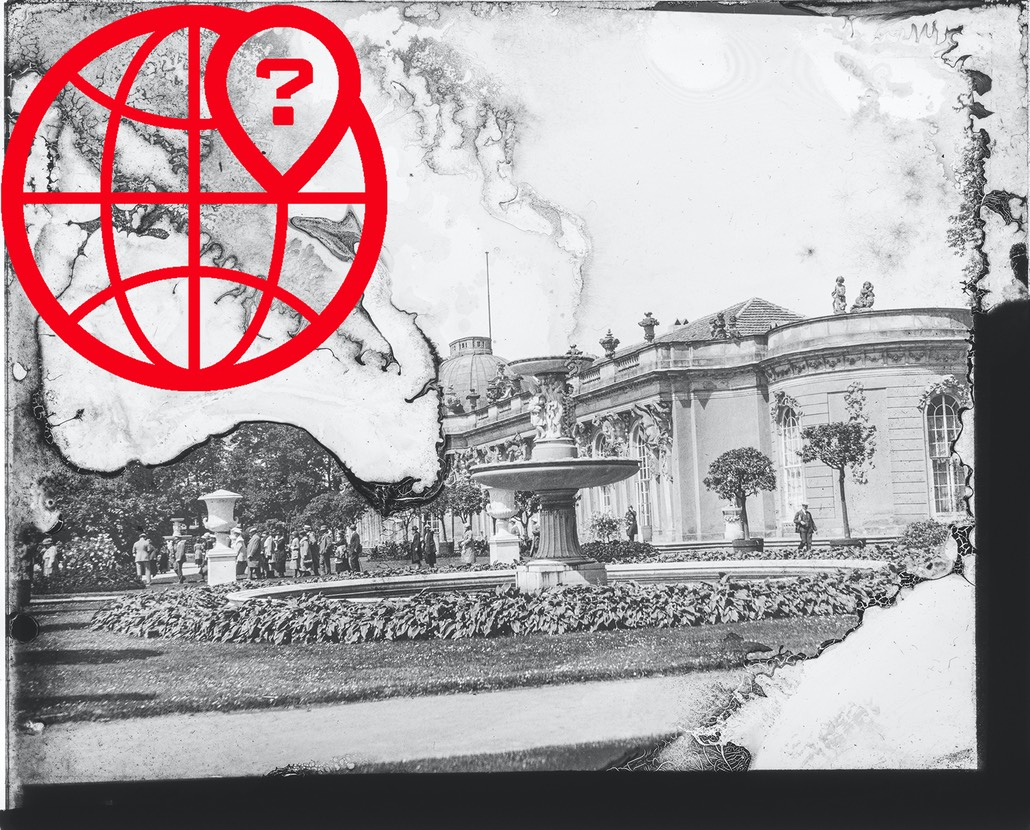
Special Edition Photographic Sleuthing – Image 182 full size image
Image 182: Backyard Party
A nice party in someone’s backyard. Not a lot to go on with this one; nice yard!
- L/R orientation might be correct, the cherubs on the roof are pouring water from their right hand, which seems to be correct
Update: 10/30/2020 – Found with the help of The Google searching for "Abbey ruins"
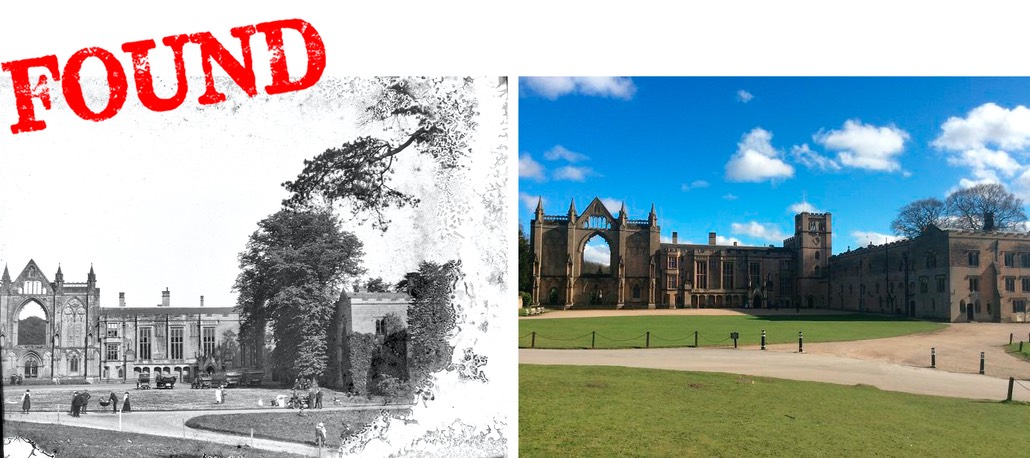
Special Edition Photographic Sleuthing – Image 116 full size image
Image 116: Gutted Cathedral
Image 116: Newstead Abbey, Nottinghamshire, England
Again, this is clearly a famous landmark cathedral, just where and what is the question. Can not tell L/R orientation, but there are two clues:
- There appears to be a motorcycle with a side car at the middle-left of the image. The sidecar is on the right … standard except in the UK where it would be on the left
- We have again a woman/man walking with the man on the right. Is there a period custom?
The Find:
- Turns out this is in England, so the motorcycle side car in on the left. The image needs to be flipped with the arch on the left
- The Newstead Abbey has an interesting history, as pretty much most Abbey’s: A history of Newstead Abbey and the mystery of its remains
- A little off the beaten path, but a good image search of abbey ruins helped identify this one, providing an interesting history of why much of Newstead Abbey is still standing after the ‘dissolution of the monasteries’ in the mid 1500’s
Where we have been so far in our sleuthing:
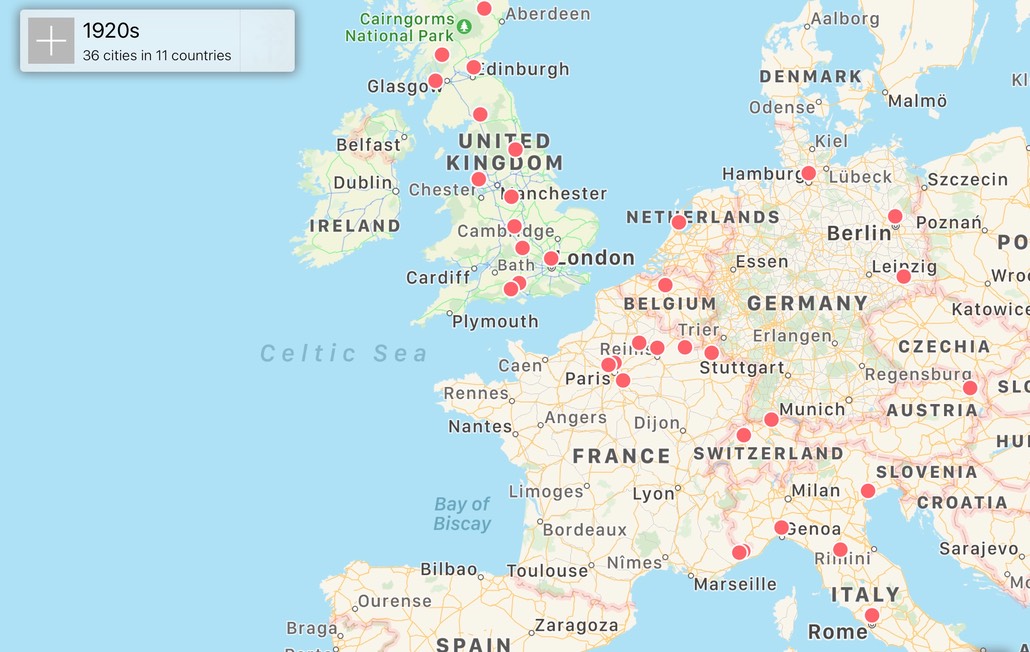
- How did they travel?
- What routes?
- Why did they appear to have avoided Czechia, Spain, and Denmark?
- Based on photo evidence our intrepid explorers began their travels in New York from Pier 59, White Star Line, Chelsea Harbor
